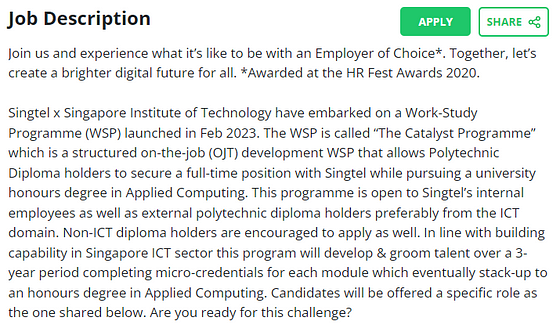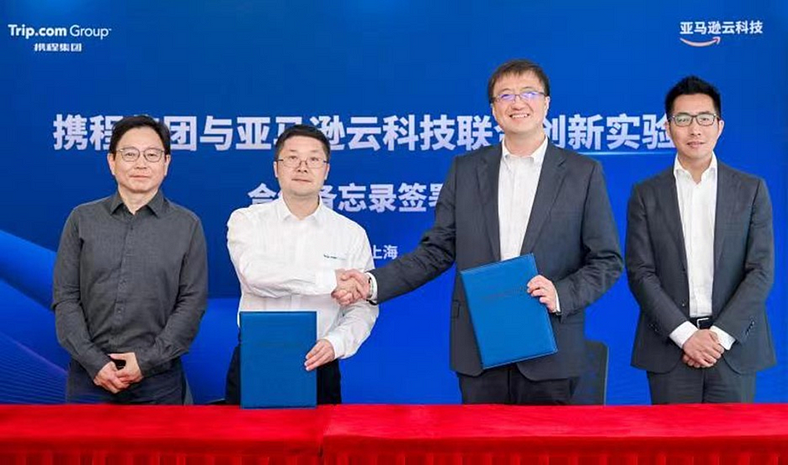Introduction
Video games have come a long way since their inception, from simple arcade games to complex, immersive worlds with intricate storylines. As technology continues to evolve, so do the possibilities for gaming narratives. One of the most exciting developments in this field is GPT-4, a language model set to revolutionize gaming narratives. In this article, we will explore what GPT-4 is, how it works, and the potential it holds for the future of gaming.
What is GPT-4?
GPT-4 is the fourth generation of the GPT (Generative Pre-trained Transformer) language model developed by OpenAI. It is a machine-learning model trained on vast amounts of text data, allowing it to generate human-like language and respond to prompts naturally and coherently. GPT-4 is set to be the most potent language model yet, with the ability to generate indistinguishable text from that written by humans.
How GPT-4 Can Revolutionize Gaming Narratives
One of the most exciting applications of GPT-4 is in the field of gaming narratives. With its ability to generate human-like language and respond to prompts, GPT-4 can create immersive, evolving experiences tailored to each player. Here are some of the ways GPT-4 can revolutionize gaming narratives:
Adaptive Storylines
GPT-4 can analyze a player’s actions and choices in real time and adapt the game’s storyline accordingly. Every player’s experience will be unique, with different characters, events, and outcomes based on their individual choices.
Dynamic Characters
GPT-4 can create dynamic characters that remember a player’s choices and actions and respond accordingly. This means that a character’s dialogue, behaviour, and even their relationship with the player can change based on the player’s actions.
Realistic Dialogue
GPT-4 can generate human-like dialogue that is natural and coherent, allowing for more realistic and immersive conversations between characters and players.

Personalized Quests
GPT-4 can generate personalized quests and missions based on a player’s choices, abilities, and preferences. This means that every player will have a unique set of challenges tailored to their play style.
Endless Possibilities
With GPT-4’s vast language capabilities, the possibilities for gaming narratives are endless. It can generate new characters, events, and storylines on the fly, creating a truly immersive and ever-changing gaming experience.
Challenges and Limitations
While GPT-4 holds excellent potential for the future of gaming narratives, there are also challenges and limitations to consider. One of the biggest challenges is ensuring the generated text is coherent and consistent with the game’s narrative. There is also the risk of bias in the generated text, as GPT-4 is trained on existing text data that may contain biases. Additionally, the computational resources required to run GPT-4 are significant, which may limit its accessibility for smaller game developers.
Conclusion
In conclusion, GPT-4 is set to revolutionize gaming narratives, allowing for genuinely immersive, evolving experiences tailored to each player. Its ability to generate human-like language and respond to prompts naturally and coherently opens up endless possibilities for gaming narratives. While there are challenges and limitations, the potential for GPT-4 in the gaming industry is immense. The future of storytelling in gaming is here, and it is an exciting time for gamers and game developers alike.
References
- OpenAI’s GPT-4 announcement: https://openai.com/research/gpt-4
- How GPT-4 works: https://towardsdatascience.com/how-gpt-4-will-work-and-why-its-a-big-deal-9a5f6f2656d8
- GPT-4 and gaming narratives: https://www.pcgamer.com/gpt-4-could-revolutionise-the-way-games-tell-stories/
- Challenges and limitations of GPT-4: https://www.xda-developers.com/gpt-4/









